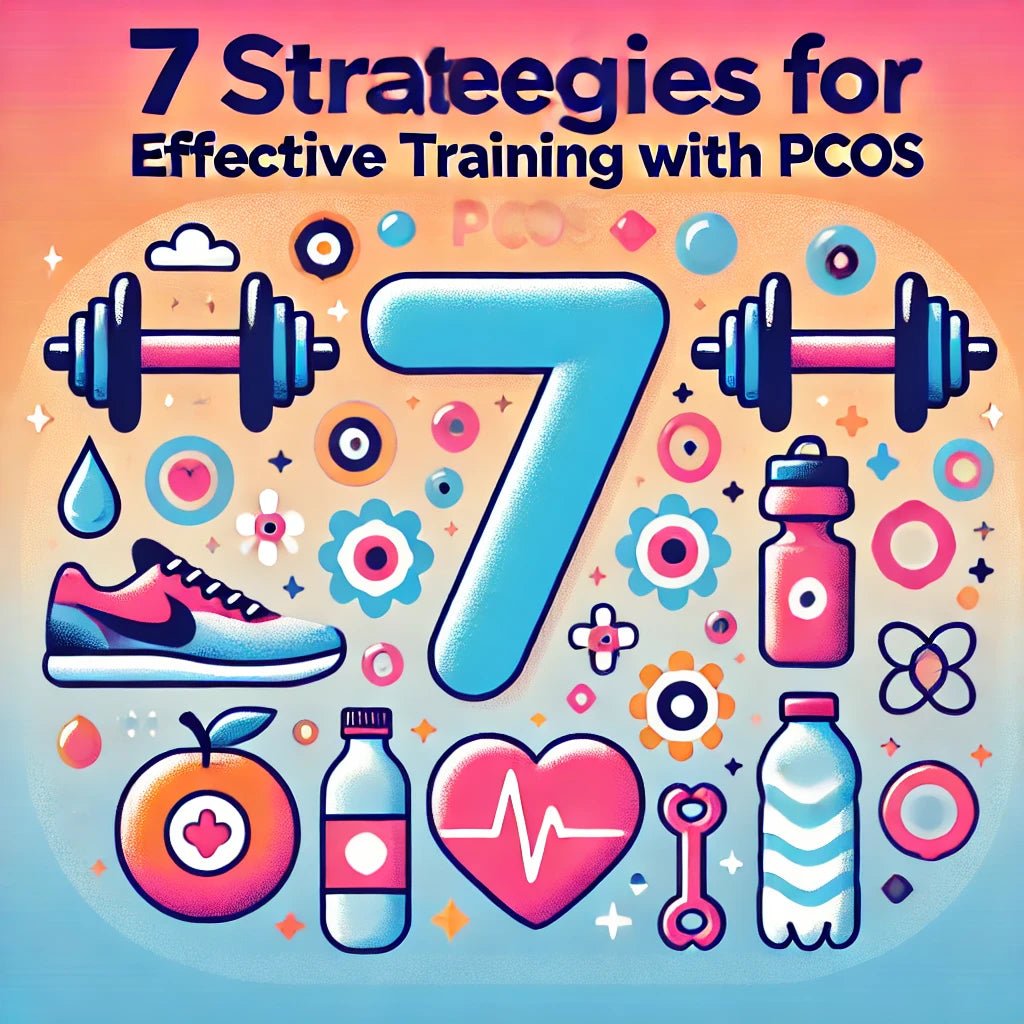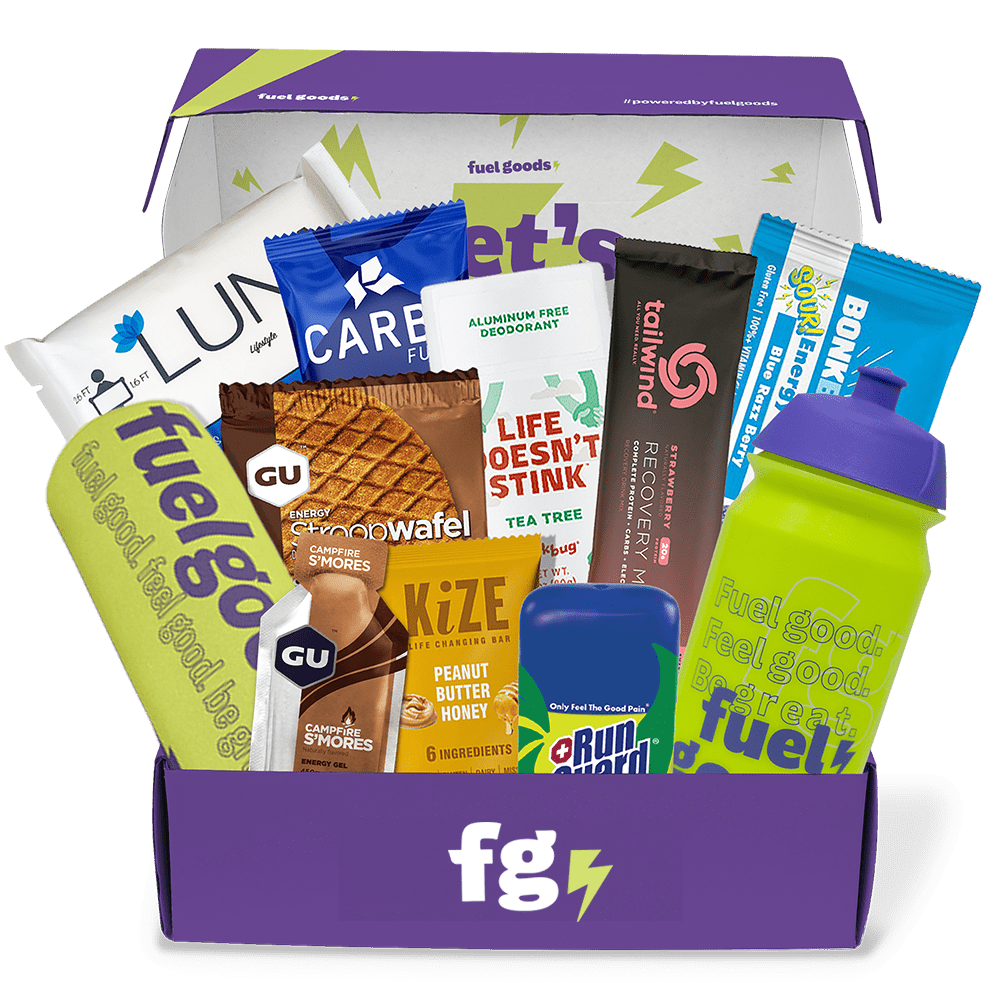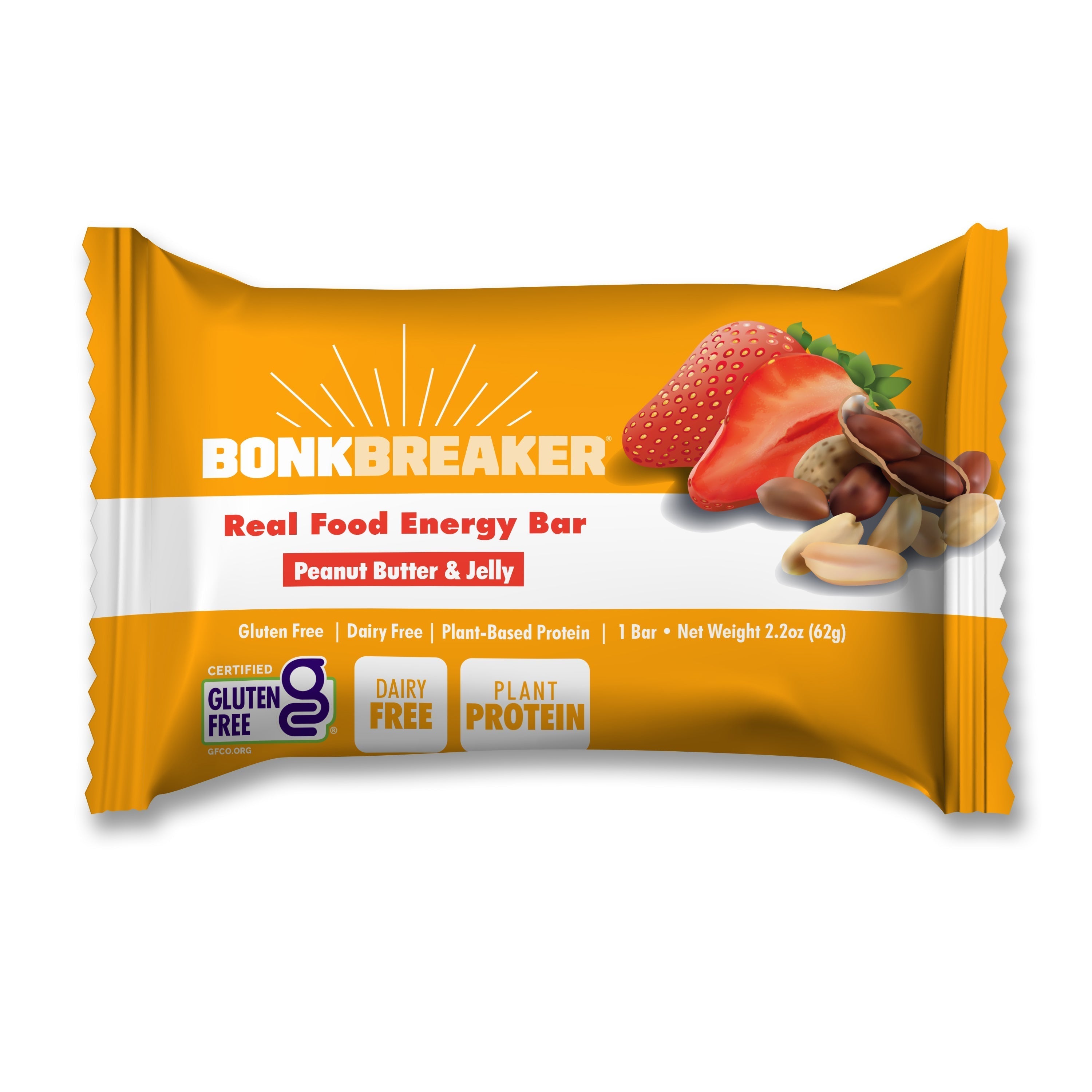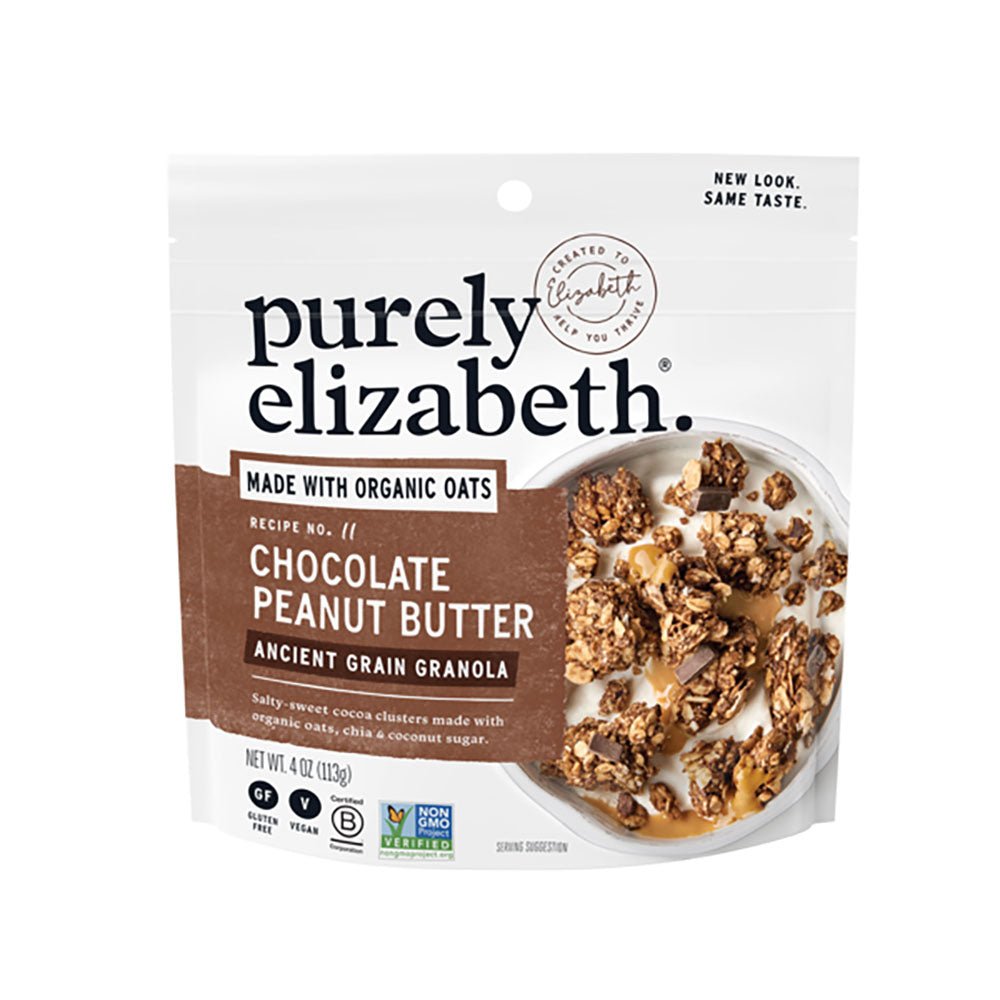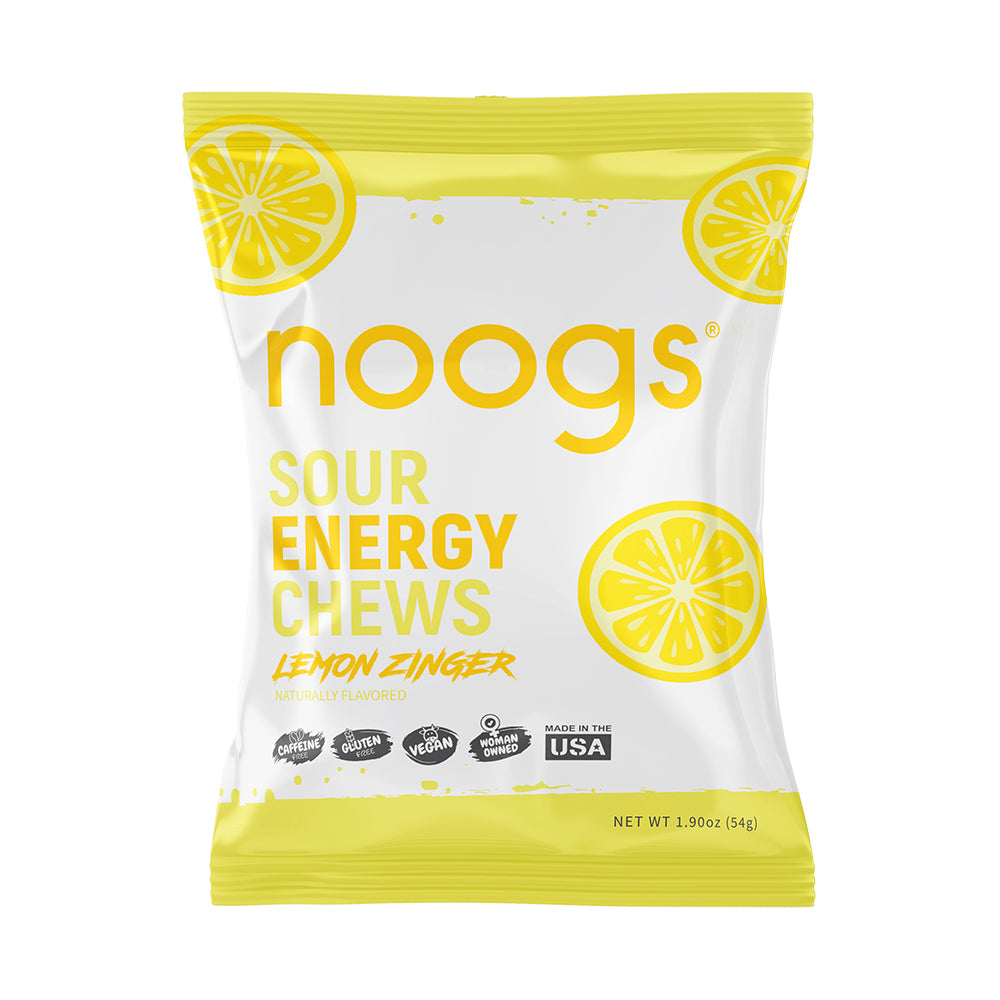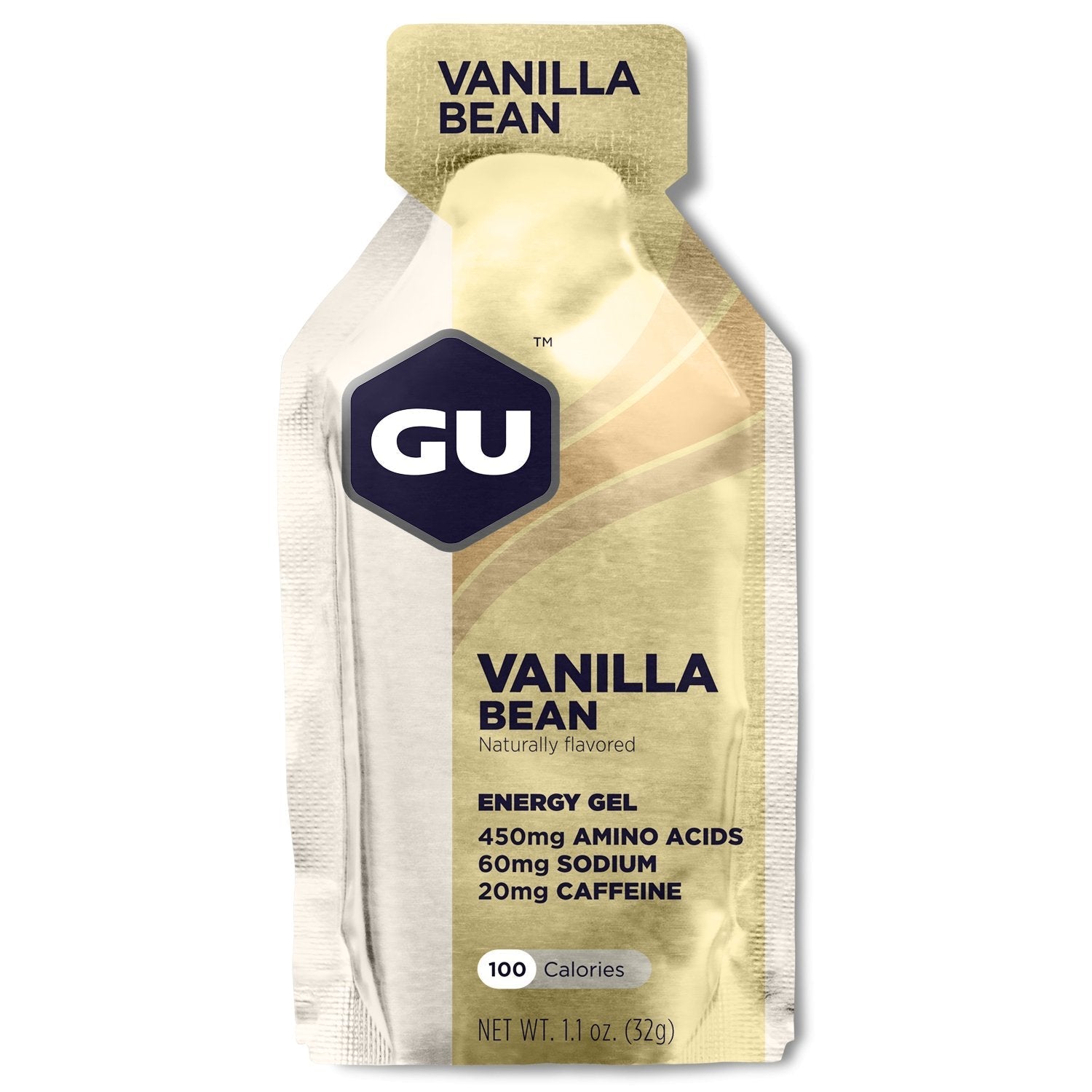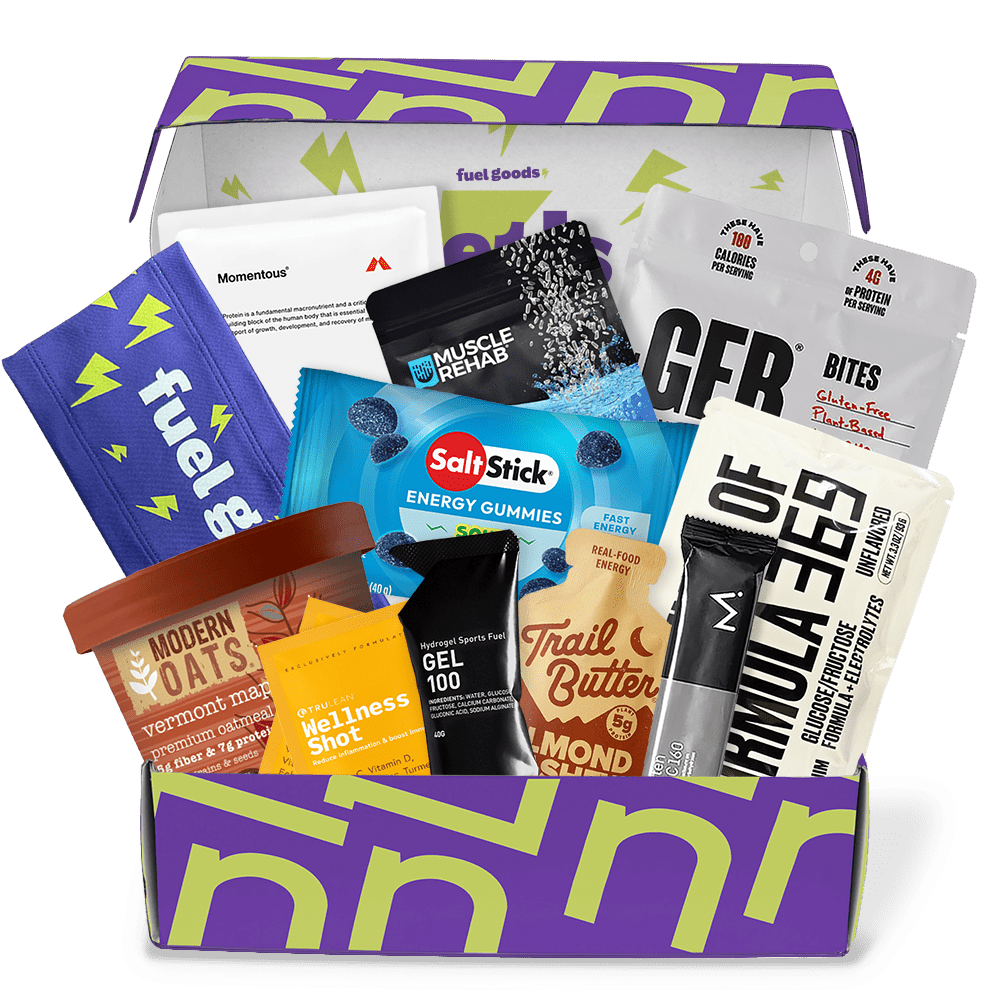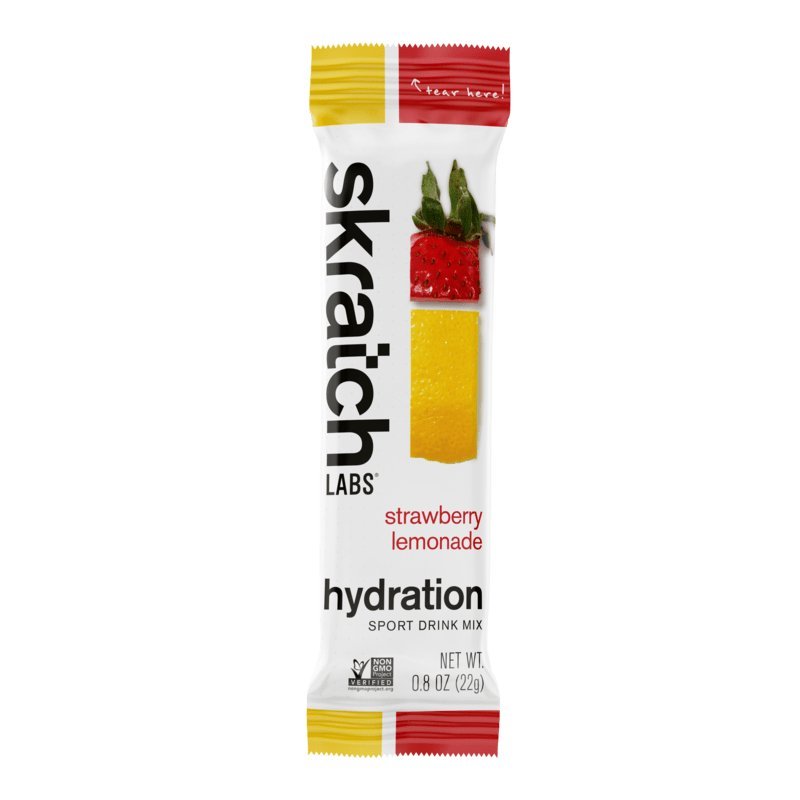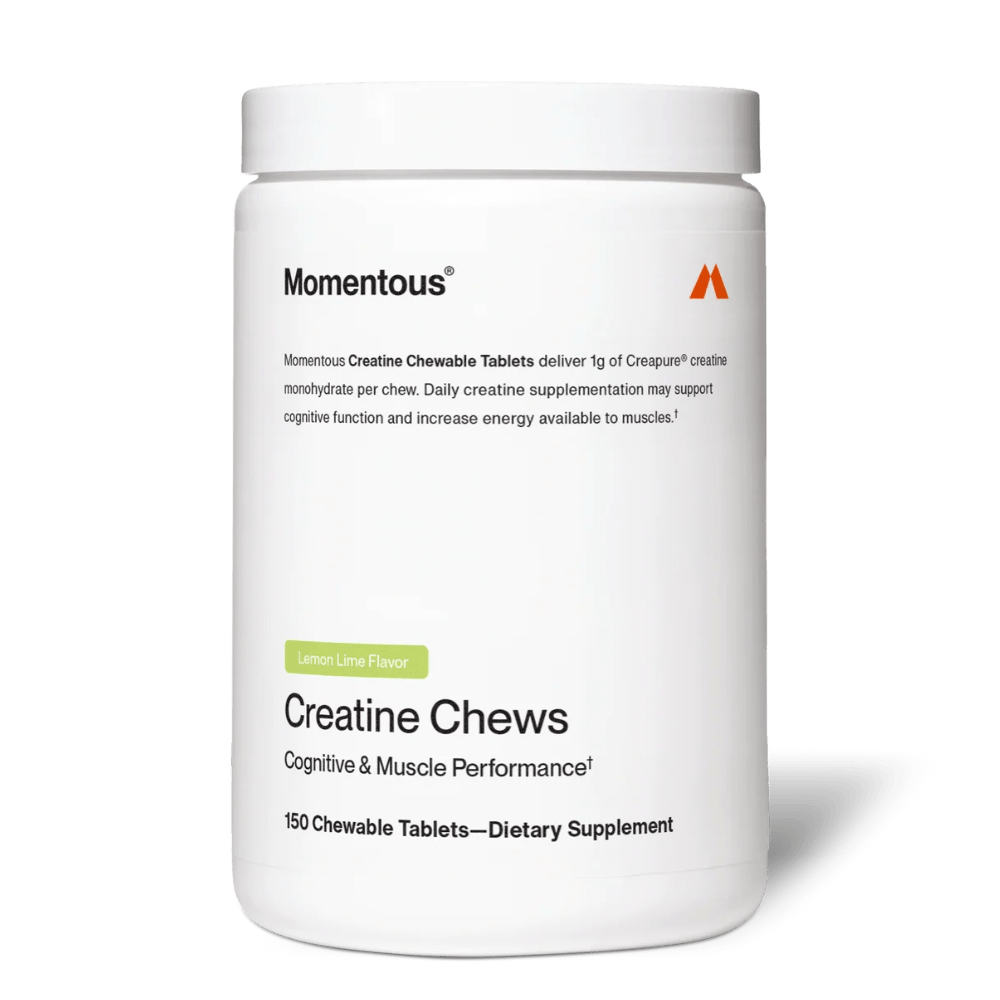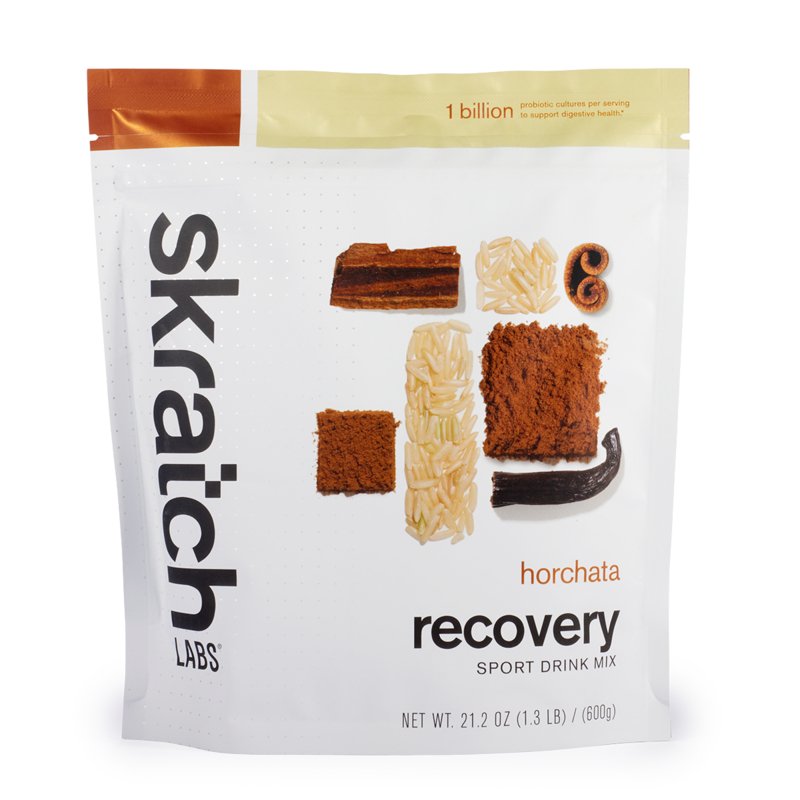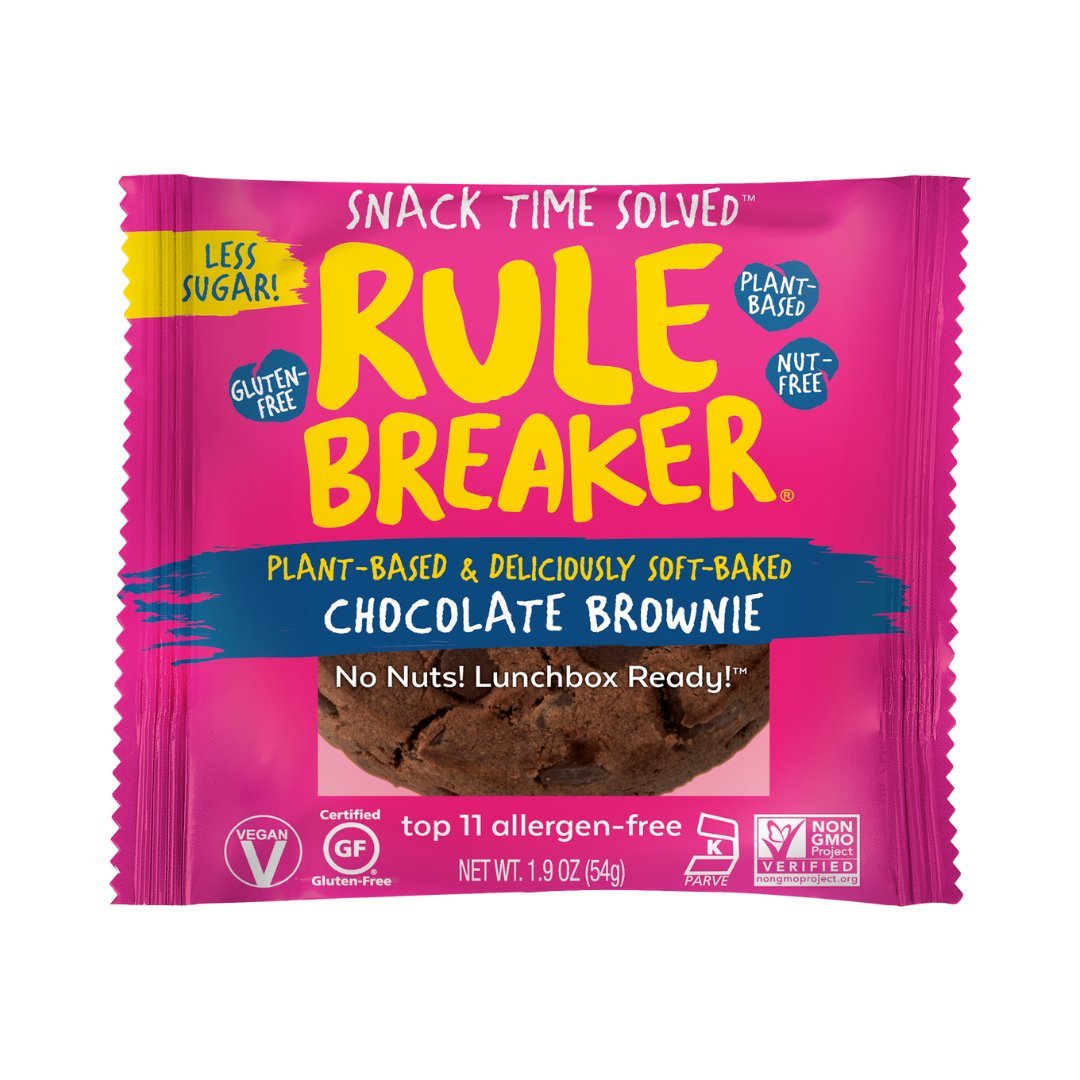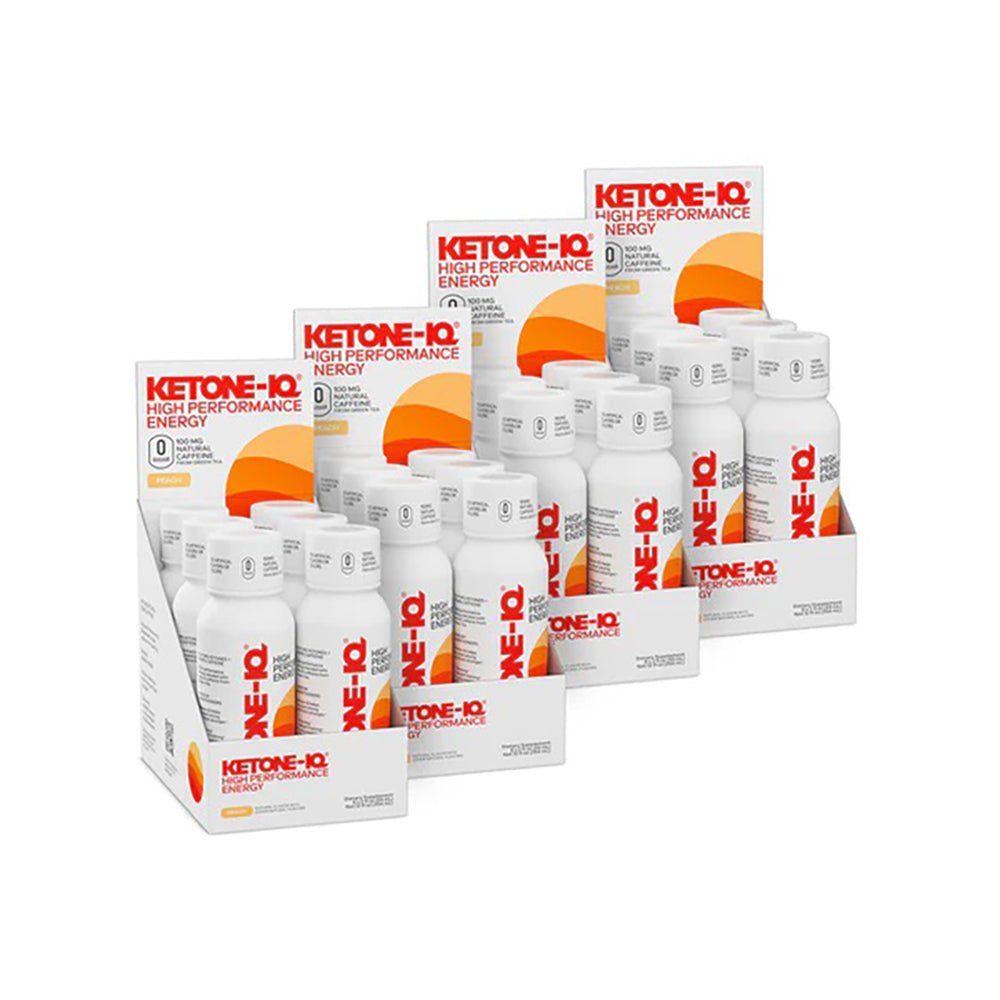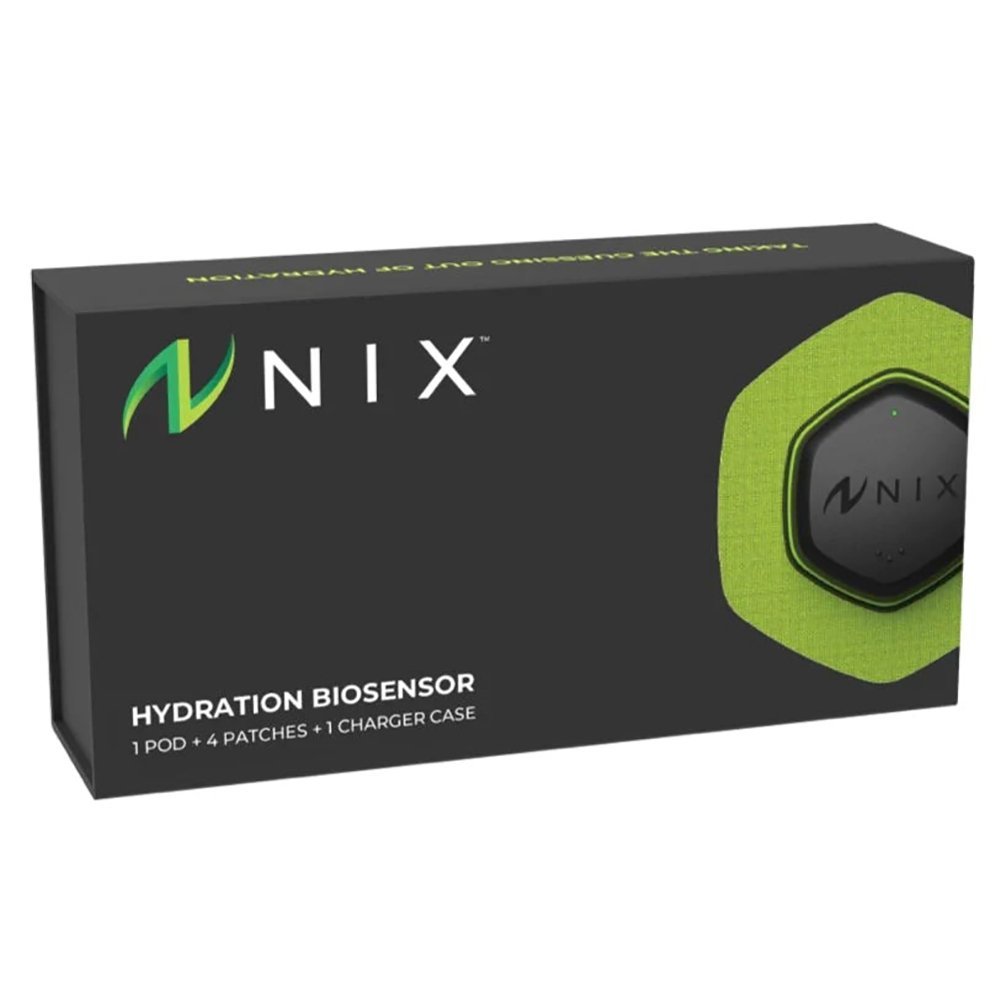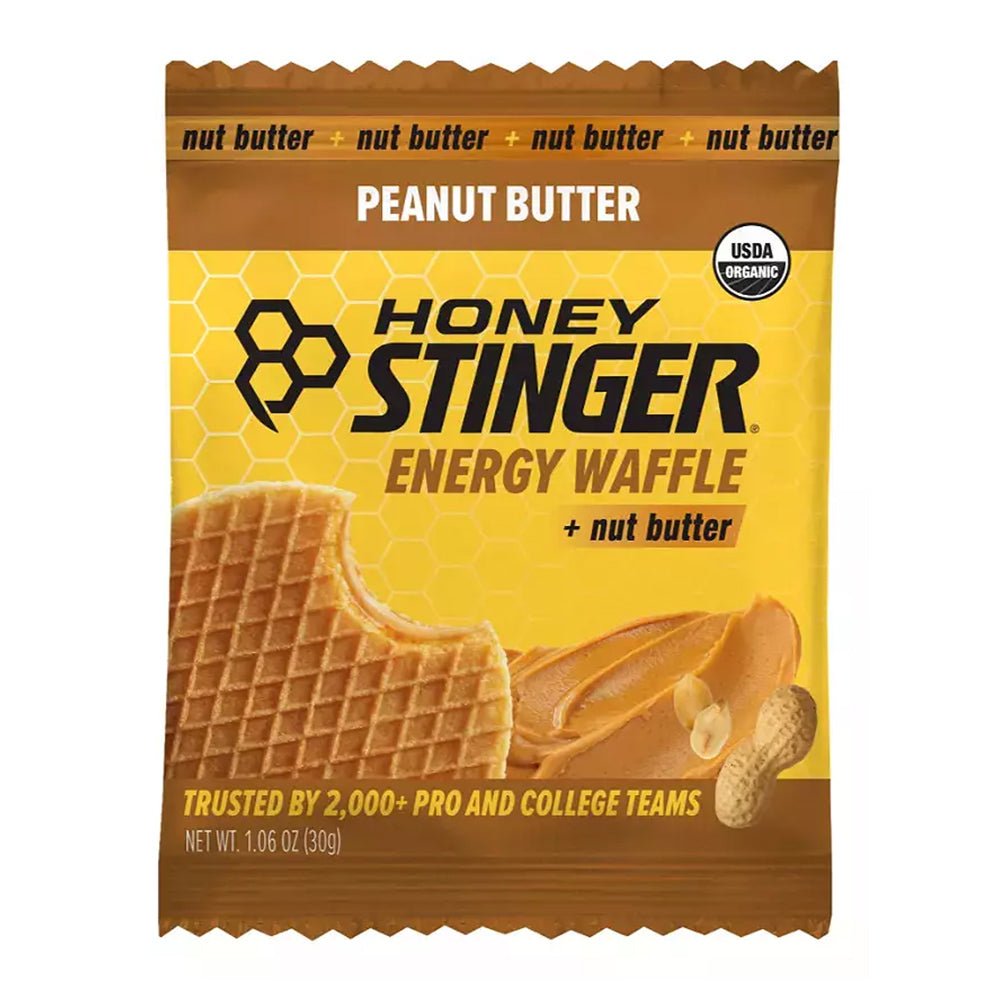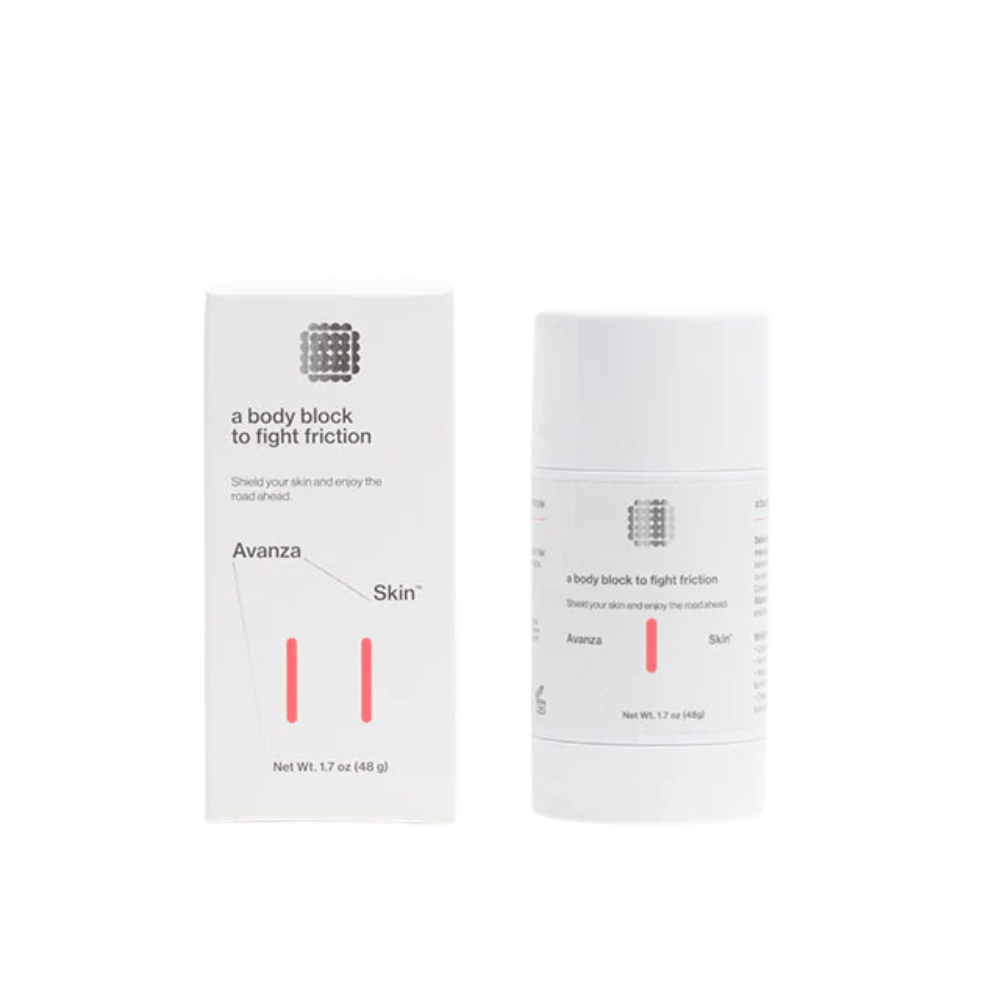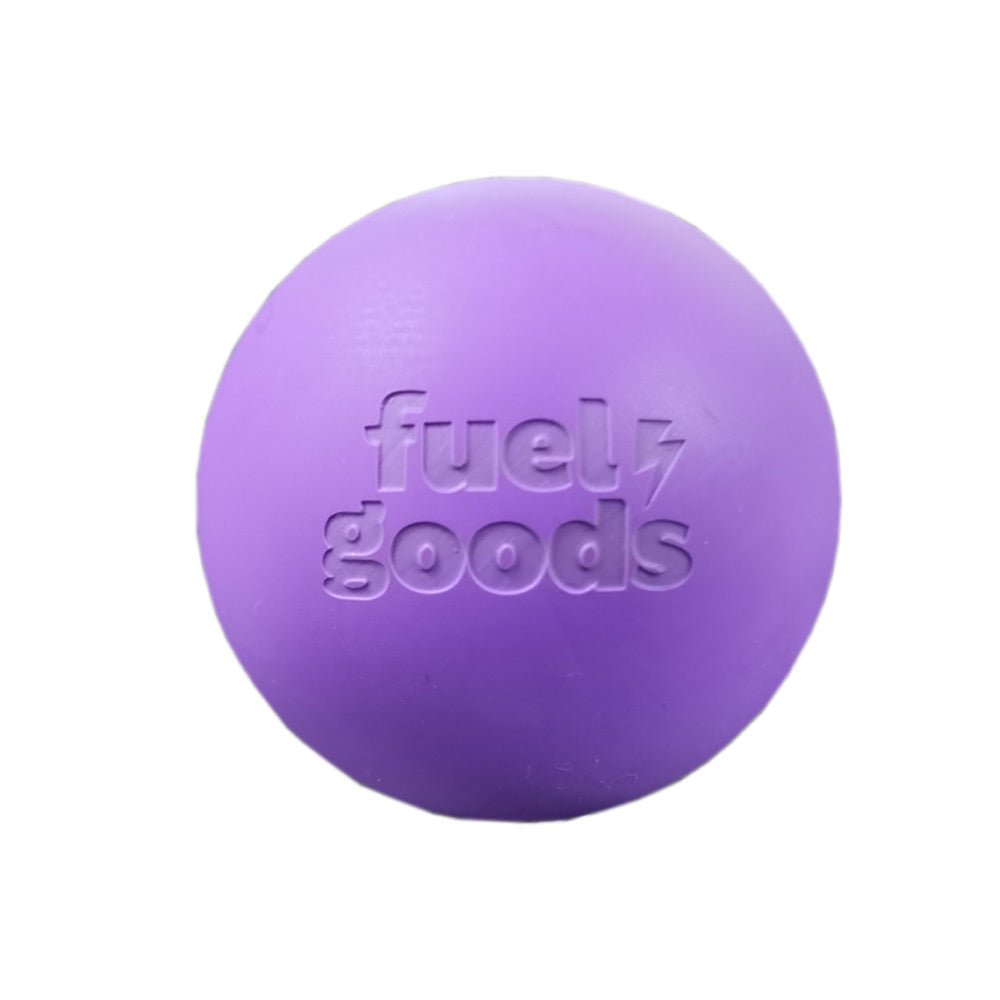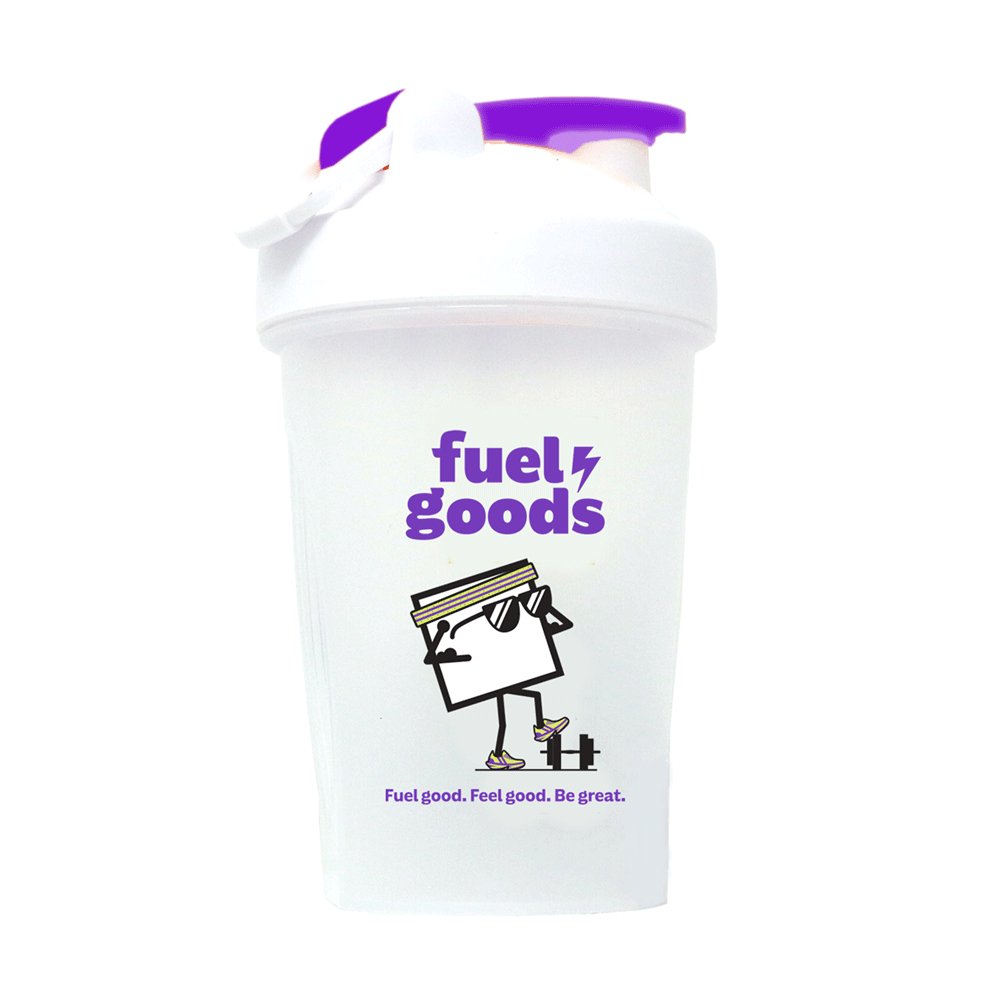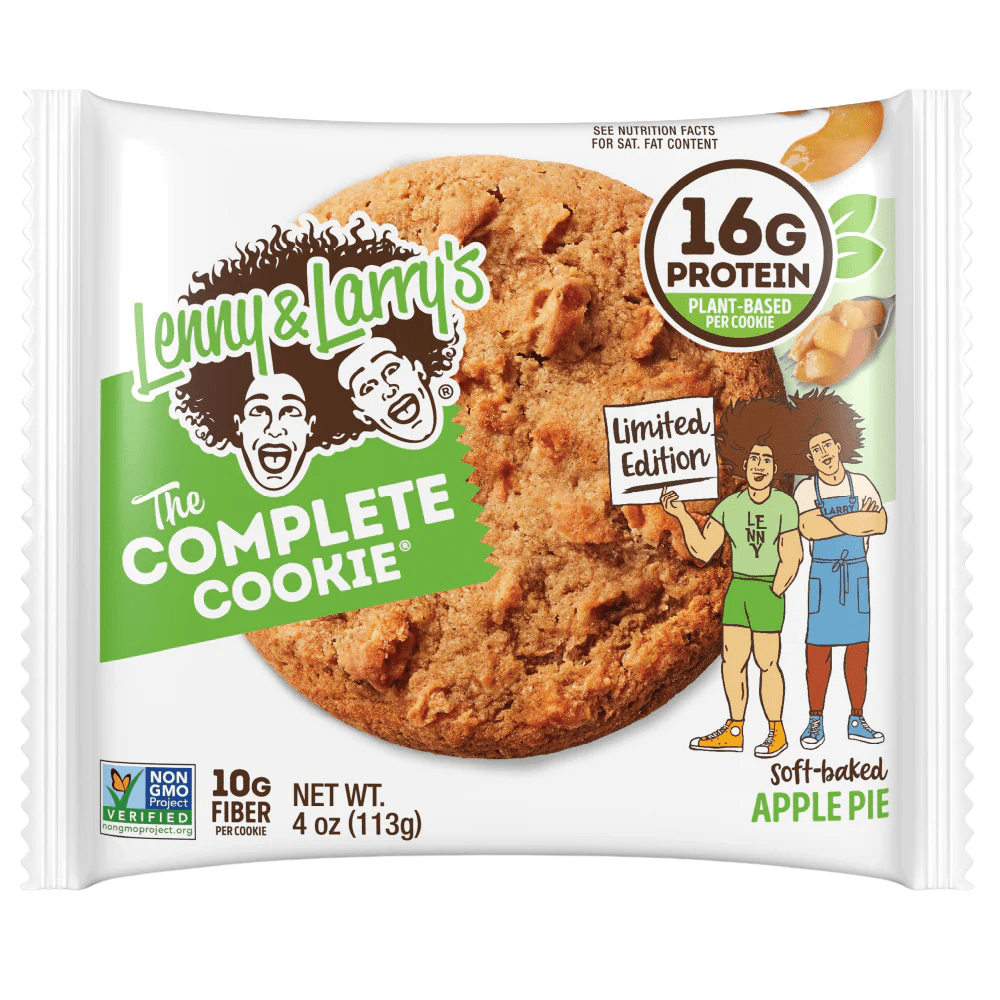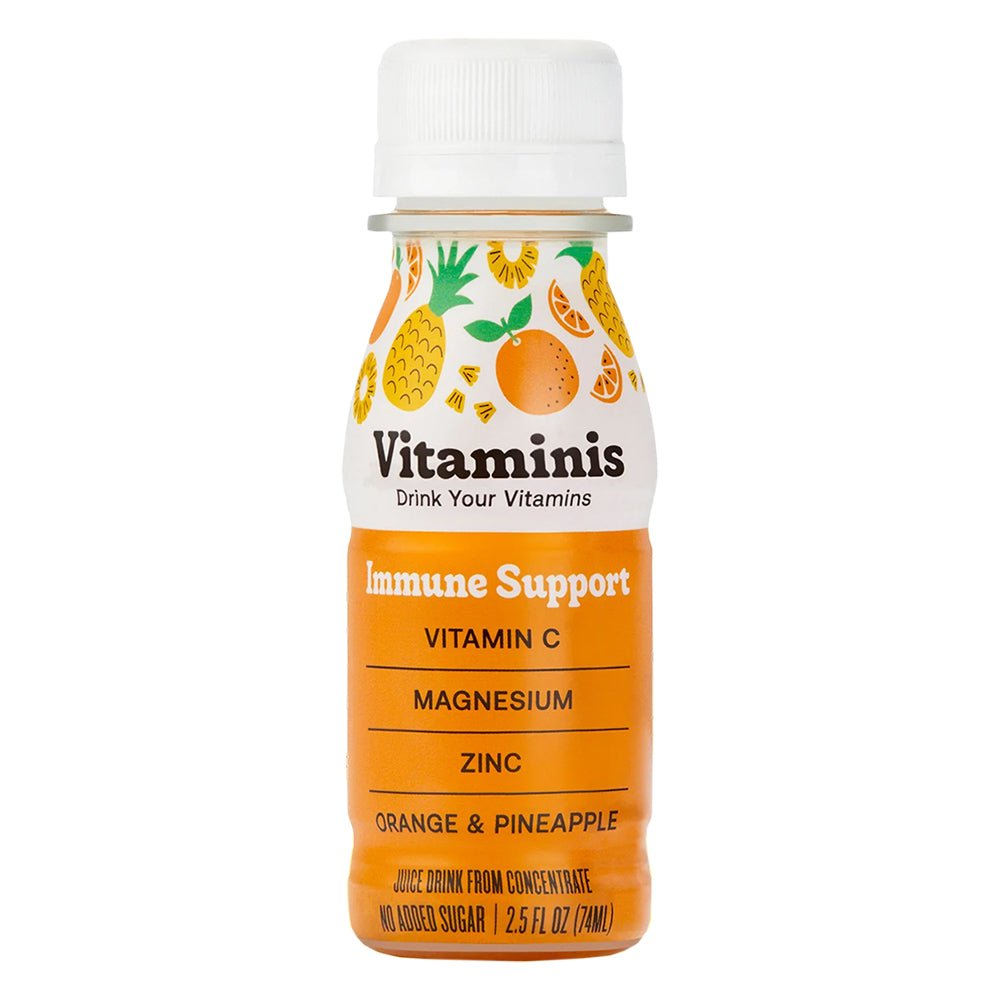Runner Resources
Everything you ever wanted to know about nutrition and training while using a GLP-1
You might have heard about GLP-1 medications like semaglutide or liraglutide being used for weight loss or managing conditions like type 2 diabetes. But what do they mean for runners? Let’s break it down and keep it real. What is GLP-1, Anyway? GLP-1 is a hormone that helps your body regulate blood sugar, appetite, and digestion. These meds mimic that hormone, helping people lower blood sugar levels, feel full longer, and even lose weight. While that sounds great, there are some things runners should know before hopping on the GLP-1 train. Why Runners Should Think Twice While these medications have benefits, they can create challenges for runners who are logging miles and chasing performance goals. Here's how: 1. Energy Crashes Mid-Run GLP-1 meds lower blood sugar and slow your liver’s ability to release extra glucose—your backup energy stash. During intense or long runs, this could mean hitting the wall earlier if you’re not fueling properly. 2. Gut Distress These meds slow digestion to keep you feeling full, but during a run, that can mean bloating, nausea, or cramping. Timing your meals and snacks becomes even more critical to avoid GI troubles. 3. Slower Recovery Recovery depends on quickly absorbing carbs and protein after a workout. If digestion is slowed, your body may take longer to repair muscles and replenish energy stores, leaving you less prepared for your next workout. 4. Appetite Suppression While eating less might sound appealing, runners need enough fuel to sustain training and recovery. Under-eating can lead to fatigue, poor performance, and even hormonal imbalances over time. Smart Fueling Strategies for Runners Using GLP-1 Before Your Run: Eat 90 minutes -3 hours before your workout, focusing on carbs AND protein, but avoid heavy meals No time? A light snack or small bite of easily digestible carbs will do the trick—just enough to give you energy without upsetting your stomach. Timing Tip: If you’re on a GLP-1 medication, the slower digestion may require extra planning. Eat earlier than usual to allow time for food to settle and energy to be available when you hit the ground running. During Your Run: For runs over an hour, carry simple carbs like waffles, bars, or chews. Aim for 5-12g of carbs every 10 minutes to maintain energy and avoid crashes. Smaller, more frequent is key here. Don’t forget electrolytes, especially in hot or humid conditions. After Your Run: Whether you feel ravenous or not hungry at all, refuel within 30 minutes. A drink or snack with a 3:1 carb-to-protein ratio works well. Within 90 minutes, have a nutrient-packed meal with complex carbs, lean protein, and healthy fats. Stay hydrated for the next few hours to fully recover. The Big Picture: Train Smarter If you’re using GLP-1 meds or considering them, here’s how to keep your training on track: Listen to Your Body: Fatigue, dizziness, or gut issues? Adjust your nutrition or training plan. Prioritize Real Food Meals: Whole grains, fruits, and veggies are your best bet for sustained energy. Strength Training Counts: Building muscle supports better energy use and recovery. Hydration is Key: Stay ahead of dehydration, especially when sweating it out. Get Professional Input: Talk to a sports dietitian or coach to create a fueling plan that works for you. Final Thoughts GLP-1 medications can have their place, but they’re not one-size-fits-all—especially for runners. Balancing training, nutrition, and recovery is critical to stay energized, avoid setbacks, and crush your running goals. Keep your focus on fueling smarter, not just less, and your miles will thank you. 🏃♀️✨
Learn moreHow to fuel for your next race
Fueling: Let’s Do This Right! ⚡ Let’s talk about something super important that often gets overlooked: fueling. Proper fueling can make or break your race, so let’s dive into the nitty-gritty in the simplest way possible. Pre-Race Fueling: Let’s Break It Down! Night Before: Focus on real food — a balanced mix of quality carbs, protein, and fat. Think grilled chicken, roasted veggies, and some whole grains. 1-3 Hours Before: Opt for something light and easy to digest, like eggs on toast, or a banana with nut butter 0-1 Hour Before: Focus on low-fiber, easy-to-digest options. Best case is not eating anything until 20 minutes to go and then having a gel or some chews so there is glycogen ready and available for when you start Fueling During Your Race: Go the Distance! Once you’re out there, keep in mind that muscle glycogen depletes after 2 hours of low-intensity exercise or 15-30 minutes of high-intensity. If you're out there for more than 60 minutes, aim for 40-50g of carbs per hour. Avoid fruit-heavy sources like fructose; instead, reach for easy-to-digest glucose options — maybe start with a quick glucose gummy, then go for a denser option that requires some chewing to keep you engaged! 🍬🥯 Post-Race Recovery: The Real MVP Your body needs love after all that hard work! Within 30 minutes of finishing, get 25-30g of protein in (up to 50g if you’re plant-based). And within 90 minutes, enjoy a quality meal with carbs and healthy fats. Don’t forget to hydrate — aim for around 500ml of water with electrolytes. For every kg lost, you’ll need about 1.5L of fluid to replenish. 💦 Hydration: Stay Ahead of the Game! Hydrate throughout the day, aiming for about 2L of water before 2 pm. If it’s hot or humid, you might need more. Remember, hydration isn’t just about quenching thirst; it’s about staying ahead of your body’s needs. Quick Tips for Race Day Success: Check the Weather: Hot and humid? Drink extra with electrolytes 24 hours out. Plan Your Fuel: Don't go in without a game plan! Prioritize Sleep: Less sleep = more recovery time needed. Adjust your intensity if needed. Bottom Line: You’ve Got This! Fueling doesn’t have to be a science experiment. It’s all about finding what works for you and sticking with it. Enjoy the journey, listen to your body, and remember — good fuel makes for a great race. Now go crush it! 🏆🔥
Learn more